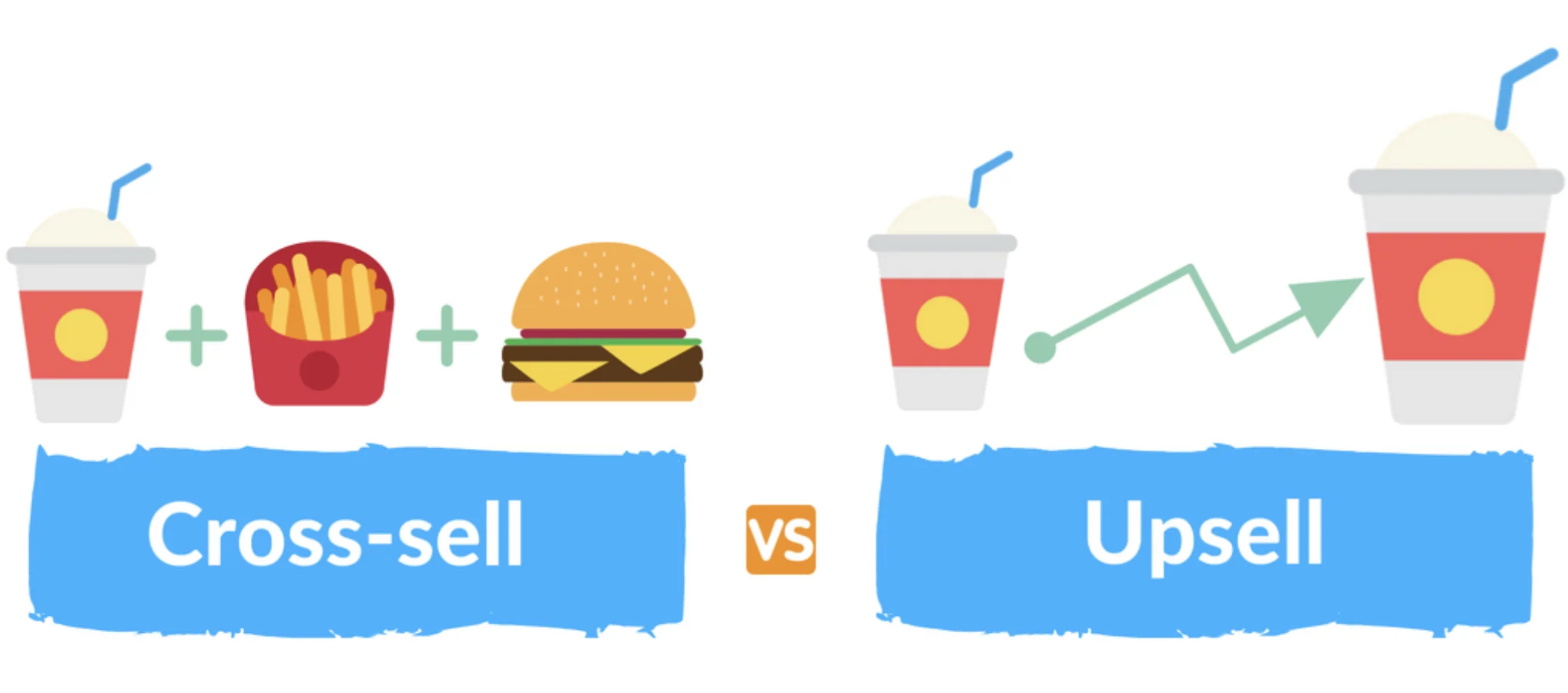Decoding Cross-Selling and Upselling

Decoding Cross-Selling and Upselling
Cross-selling and upselling are two crucial strategies in the world of sales and marketing, often employed to maximize revenue by encouraging customers to purchase additional products or services. While these terms are commonly used interchangeably, they represent distinct techniques aimed at different objectives within the sales process.
Cross-selling involves recommending related or complementary products or services to customers based on their current purchase or interests. On the other hand, upselling entails persuading customers to upgrade or purchase a more expensive version of the product or service they are considering. Both strategies rely on understanding customer needs, preferences, and behaviors to effectively increase sales and enhance customer satisfaction.
Understanding Cross-Selling
Cross-selling is about offering customers products or services that complement their original purchase or align with their interests. This strategy aims to enhance the customer’s experience by providing additional value and addressing their broader needs. For example, a customer purchasing a laptop may be cross-sold accessories such as a laptop bag, mouse, or antivirus software.
Mastering Upselling Techniques
Upselling focuses on persuading customers to upgrade to a higher-priced or premium version of the product or service they are considering. This technique involves highlighting the benefits and added features of the more expensive option to justify the increased cost. For instance, a customer looking at a basic streaming service subscription may be upsold to a premium package with access to exclusive content and ad-free streaming.
Implementing Effective Strategies
To successfully execute cross-selling and upselling strategies, businesses need to employ several key tactics. Firstly, thorough customer segmentation and analysis help identify opportunities for cross-selling and upselling based on customer preferences, purchase history, and behavior patterns. Secondly, personalized recommendations tailored to individual customers enhance the relevance and effectiveness of cross-selling and upselling efforts.
Utilizing Data and Technology
Leveraging data analytics and technology solutions can significantly improve the efficiency and impact of cross-selling and upselling initiatives. By tracking customer interactions and preferences, businesses can anticipate needs and proactively offer relevant recommendations at various touchpoints throughout the customer journey. Additionally, implementing dynamic pricing strategies and promotional offers based on customer data can incentivize upsells and drive incremental revenue.
Building Long-Term Relationships
Ultimately, the goal of cross-selling and upselling is not just to increase immediate sales but also to foster long-term customer relationships and loyalty. By consistently delivering value and exceeding customer expectations, businesses can cultivate trust and encourage repeat purchases and referrals. Moreover, actively soliciting feedback and adapting strategies based on customer insights can further strengthen relationships and drive sustainable growth over time.
In conclusion, cross-selling and upselling are powerful techniques for driving revenue growth and enhancing customer satisfaction. By understanding the nuances of each strategy and implementing effective tactics, businesses can unlock new opportunities to maximize sales and build lasting relationships with their customers.




